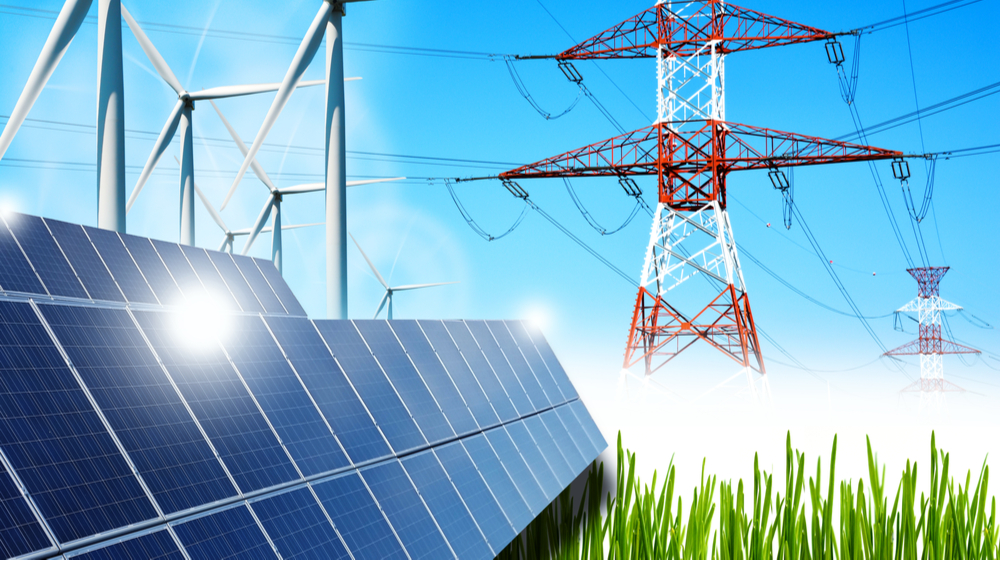In the quest for a sustainable and eco-friendly energy future, smart grids are emerging as a crucial component in reshaping the way we generate, distribute, and consume electricity. This article explores the symbiotic relationship between smart grids and green energy, showcasing how these intelligent systems are fostering a more efficient, reliable, and environmentally conscious energy infrastructure.
Understanding Smart Grids
- Definition and Functionality: Smart grids represent a modernized and interconnected electricity infrastructure that utilizes advanced digital technologies to enhance the efficiency, reliability, and sustainability of energy delivery. These grids employ sensors, meters, communication networks, and real-time data analytics to optimize the management and utilization of electricity.
- Two-Way Communication: One of the defining features of smart grids is their ability to facilitate two-way communication between utilities and consumers. This enables not only the efficient monitoring and management of electricity flow but also empowers consumers to make informed decisions about their energy consumption.
Green Energy Integration
- Facilitating Renewable Energy Integration: Smart grids play a pivotal role in the integration of renewable energy sources such as solar and wind into the existing power infrastructure. The intermittent nature of renewables requires a flexible and adaptive grid system, and smart grids are designed to manage the variability in energy production from these sources.
- Grid Flexibility and Energy Storage: The integration of smart grids with energy storage solutions addresses the intermittent nature of renewable energy. By storing excess energy during peak production periods and releasing it when demand is high or during lulls in renewable generation, smart grids enhance grid flexibility and reliability.
Advantages of Smart Grids in Green Energy
- Optimized Energy Distribution: Smart grids enable real-time monitoring and control of electricity distribution, allowing utilities to optimize the flow of energy. This results in reduced transmission losses, lower energy wastage, and enhanced overall grid efficiency.
- Demand Response and Efficiency: With the ability to communicate directly with end-users, smart grids facilitate demand response programs. Consumers can adjust their energy consumption based on real-time pricing, contributing to load balancing and grid stability while encouraging energy efficiency.
- Fault Detection and Self-Healing: Smart grids are equipped with advanced monitoring systems that can detect faults and disruptions in the grid. Through self-healing mechanisms, these systems can reroute power automatically, minimizing downtime and enhancing the overall resilience of the grid.
Challenges and Solutions
- Data Security and Privacy: The integration of digital technologies into the energy infrastructure raises concerns about data security and privacy. Robust cybersecurity measures and transparent data governance frameworks are essential to address these challenges.
- Infrastructure Investment: The deployment of smart grids requires significant investment in infrastructure and technology. Governments, utilities, and private stakeholders must collaborate to fund these projects, recognizing the long-term benefits in terms of efficiency and sustainability.
The Future Outlook
- Electric Vehicles and Smart Charging: As electric vehicles (EVs) become more prevalent, smart grids are evolving to support efficient charging infrastructure. Smart charging solutions, integrated with renewable energy sources, contribute to the reduction of greenhouse gas emissions in the transportation sector.
- Decentralized Energy Production: Smart grids facilitate the integration of decentralized energy production, allowing individuals and communities to generate and sell excess energy back to the grid. This fosters a more distributed and resilient energy system.
Conclusion
Smart grids are the linchpin of the green energy revolution, providing the intelligence and adaptability needed to transition towards a more sustainable and resilient energy infrastructure. As the world grapples with the challenges of climate change, the integration of smart grids with renewable energy sources stands as a beacon of hope, offering a path towards a cleaner, more efficient, and environmentally conscious energy future. The synergy between smart grids and green energy represents a transformative force that is reshaping the way we power our world.
